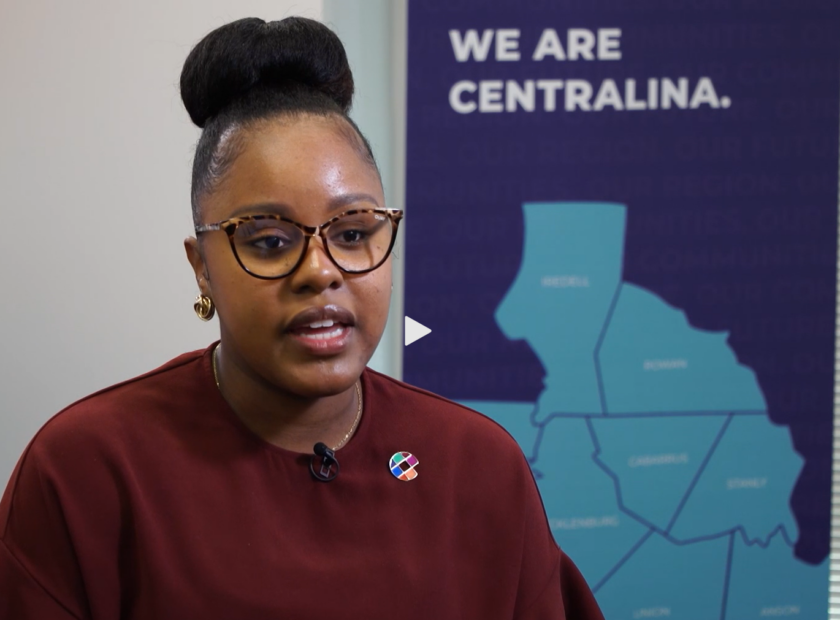Affordable Housing: What is it? Who needs it? What can be done?
Access to affordable housing is essential to cultivating healthy, equitable and prosperous communities. The lasting impacts of the COVID-19 pandemic, changes in the national economy, population growth and other factors have increased housing prices and rental rates and decreased the supply of housing units that are affordable for low- and middle-income households. Many communities have seen a rise in residents becoming “cost burdened,” meaning when more than 30 percent of one’s annual income is spent on housing-related expenses. As this transition has occurred, the traditional conversation around affordable housing – which typically centers on the needs of low-income earners – has expanded to include middle-income households as well. Housing that is affordable for mid-level earners has been steadily evaporating as housing prices have drastically increased over the last few years. Local governments looking to ensure the provision of affordable housing must consider critical factors such as cost, availability, adequacy and accessibility. A recent Centralina Learns session’s panel, which included representatives from The Childress Klein Center for Real Estate at UNC Charlotte, the Development Finance Initiative at the UNC School of Government and Centralina Regional Council, shared insights and identified opportunities for addressing the affordable housing crisis and the missing middle.
Panelists:
- Dr. Yongqiang Chu – Director, Childress Klein Center for Real Estate, UNC Charlotte
- Sarah Odio – Assistant Director, Development Finance Initiative, UNC School of Government
- Christina Danis – Director, Community & Economic Development, Centralina Regional Council
Here are some of the top takeaways from the session that planners need to know:
High Demand and High Prices
The Childress Klein Center for Real Estate at UNC Charlotte provides an annual State of Housing Report that examines Charlotte and the surrounding region. The 2022 report identified trends within the housing market that show the demand for housing units in the Charlotte region outweighs the supply of units in the region. The price for homes has also drastically increased, from a 14.2% increase in 2021 to a 54% increase in 2022. Rental costs have also increased at a commensurate rate, reaching record highs in average costs for the region. The Charlotte region has the highest growth rate in median house price in the state of North Carolina and the 4th highest growth rate among peer cities at the national level. The report also shows that the housing market in the Charlotte region is seeing an addition of 80-100 new households daily, driving the demand for housing up and the number of available units down, thus creating an extreme need for more housing options across the Charlotte region.
Redefining “Affordable Housing”
Since 2011, the Development Finance Initiative (DFI) within the UNC School of Government has partnered with local governments to attract private investment for transformative projects by providing finance and real estate development expertise with an overall aim of assisting local governments in achieving their goals. DFI’s recent analysis of Lincoln and Anson counties revealed that 21% and 32% of residents, respectively, were considered cost burdened. In these more rural counties, residents would need to make a minimum of $17.17 per hour working full time to avoid being cost burdened by the price of rent or mortgages for fair market housing in these regions. The term “affordable housing,” is beginning to cover more than low-income tax brackets. Some populations that may benefit from affordable housing include senior citizens, small or newer families and new residents of the region. Local governments can also seek to provide a variety of housing options that bridge the gap between low and median income needed to afford fair market housing. Reducing barriers to housing development, permitting costs and length of time for development review can begin to address the need for more housing units in the Charlotte region and provide more personalized housing options for local governments in the region. Local governments can also look at their zoning maps and regulations to enhance opportunities for housing variety in their communities.
Next Steps
One consideration when addressing housing needs is how communities can best utilize existing resources and opportunities. Local governments can identify overlaps in community priorities and best practices – such as repairing existing infrastructure, providing healthcare options, strengthening community safety measures, pursuing workforce development, revitalizing zoning and land use planning – to better serve the community’s needs and promote economic vitality. Centralina Regional Council offers support and resources for local governments to assist in addressing housing needs across the region, such as technical assistance, grant writing, land use plan revitalization and HUD support.
Please visit Centralina’s member portal to watch Centralina Learns: Affordable Housing & the Missing Middle in full!




